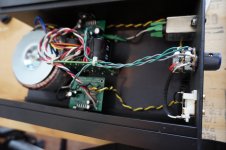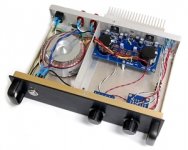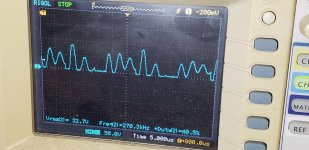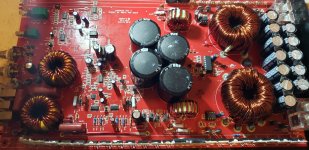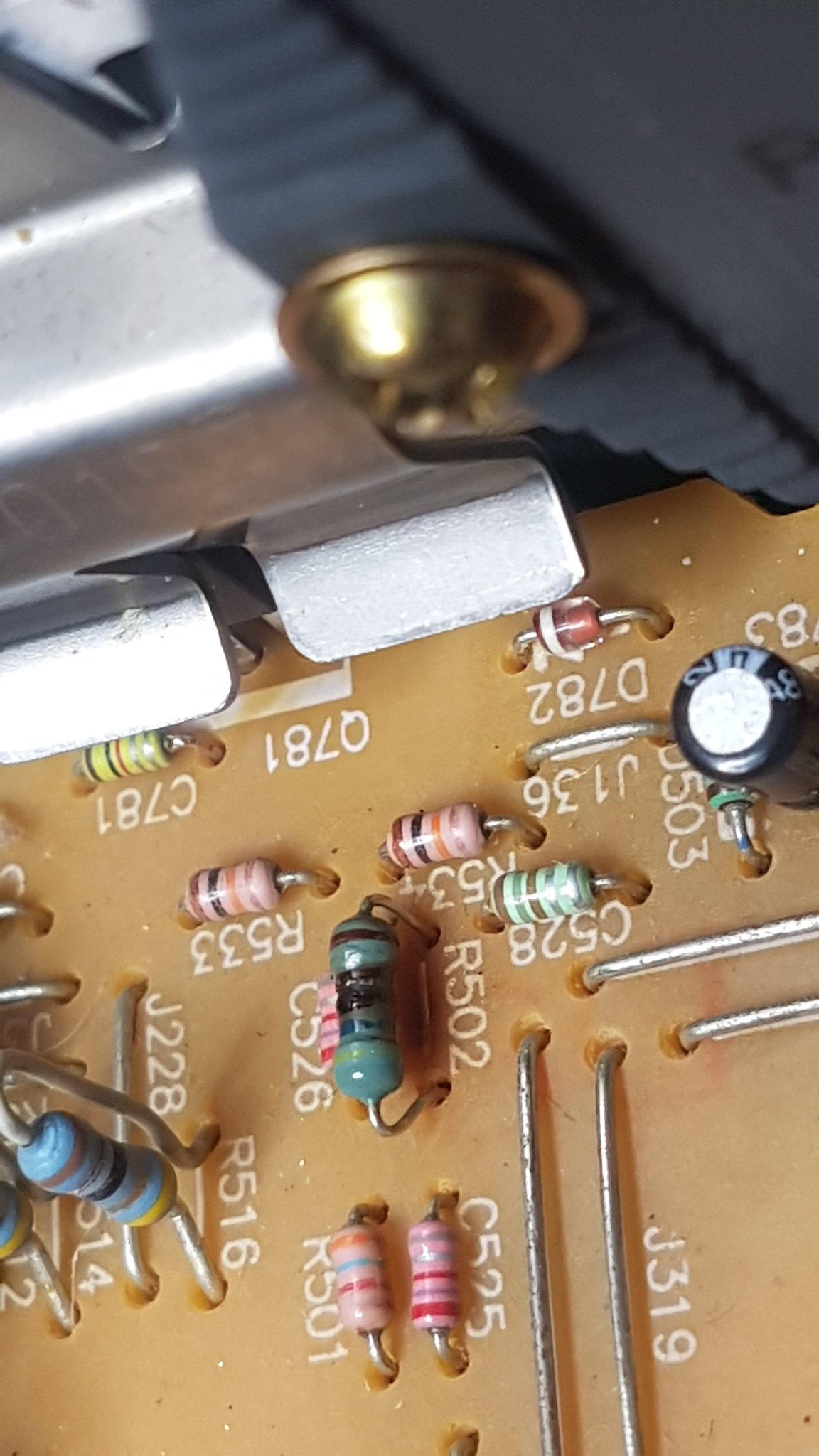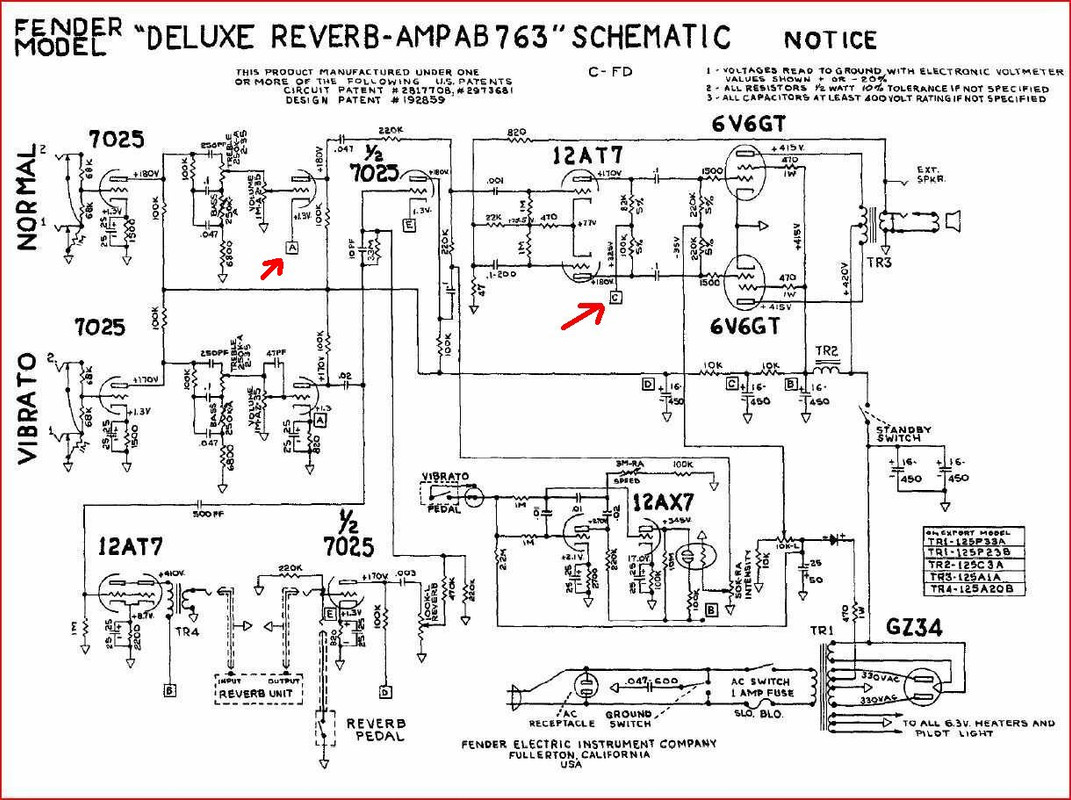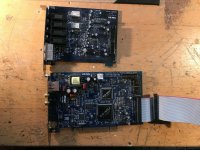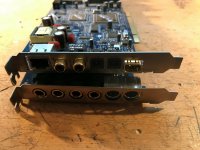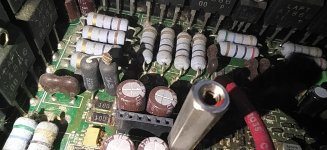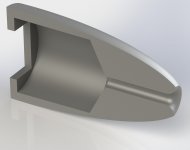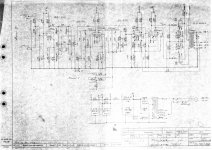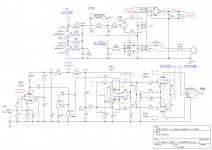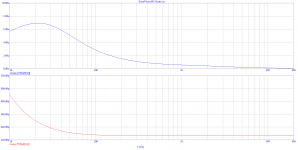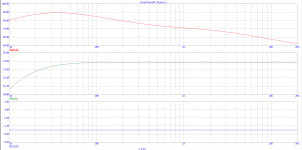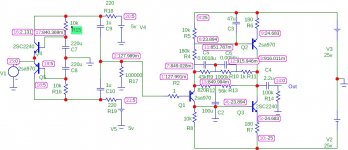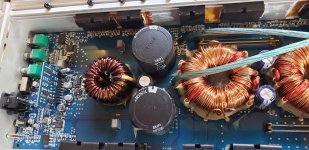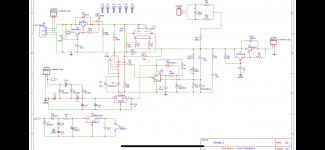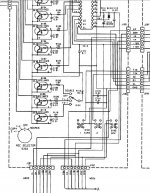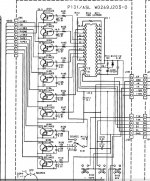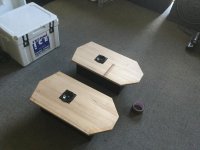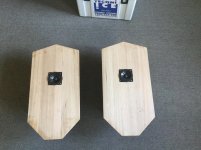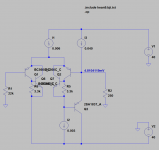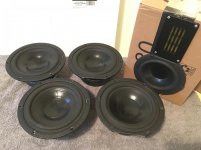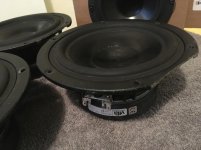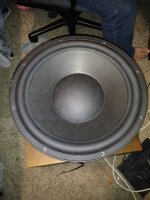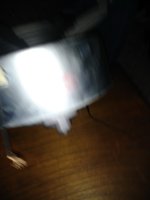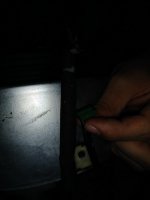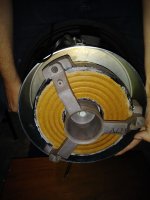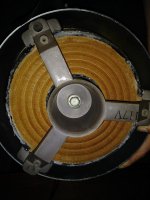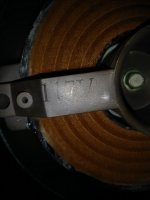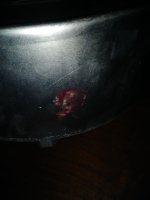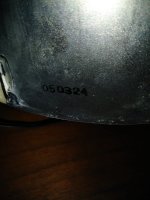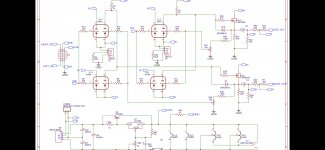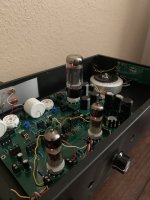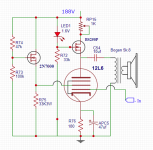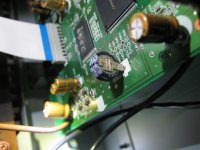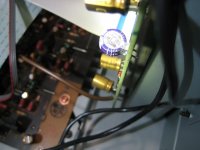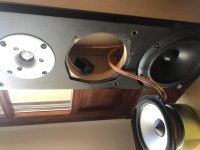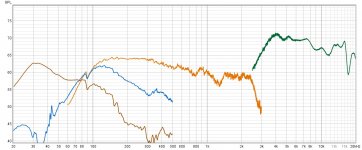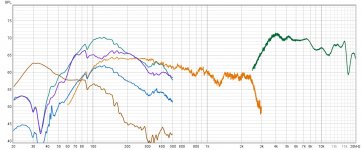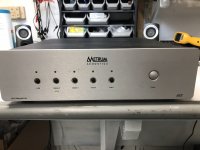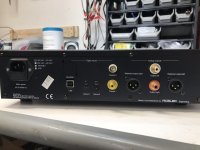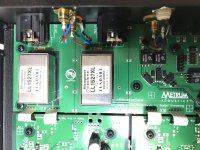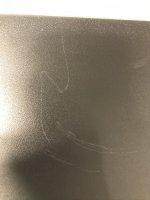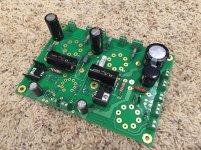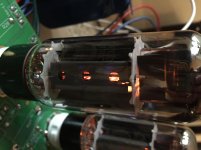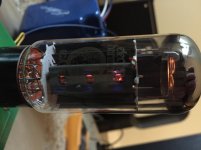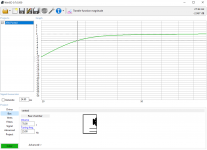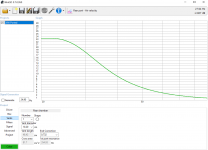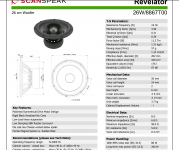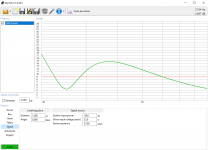Hello DIY audio,
Ok - i got this FRD and played around with it at home in some dummy/mock cabinets:
One thing that stuck out for me, was that this driver was easy to 'choke', with to much dampening - it hated dampening within the cabinet.
Visaton : SL 87 ND - 8 Ohm
RDC: 7.5 Ohm
Qm: 2.38
Qe: 0.91
Qt: 0.66
fs: 138 Hz
VAS: 1.24 l
mms: 2.1 g
cms: 0.63
rms: 0.77 kg/s
SL 87 ND - 8 Ohm | Visaton
aside from that it sounded good within my small listening room, i then contacted visaton and they recommended a 5L sealed cabinet, i could go bigger though - which suited my interest as i had an 8L cabinet that needed filling.
I built the cabinets and used no stuffing what so ever, but maybe i tested my luck and used a thin wool/felt lining glued within the interior walls of the cabinet.
I also made the Cab. walls and baffle of the cabinet extra thick. (1 inch)
Being a loudspeaker noobie, i thought some overkill wont do harm??
Well it did haha, so the drivers sound terrible within these cabinets - they sound muffled and acoustically dead. there is no sound below 500hz atleast...
So my pride is damaged - can i salvage this project from crash and burn??
- Recut the baffle for a bigger stronger driver (4 inch)? (recommend a driver!!)
maybe the TS parameters have to be allowable for an over engineered 8l cabinet??
- Experiment with porting? (cut a modest 1 inch hole in the baffle and with cardboard tubes, tune it by ear?) It will make it bass reflex, but the porting may allow it to breath??
- Any other advise or ideas? I dont mind experimenting 😀
UPDATE -
Got some Extra drivers on order to try: Dont hesitate to recommend something it might 'whet' my appetite for another build
🙂
Mark Audio Pluvia 7 - Chrome
Pluvia 7 Chrome
Speaker Specifications
Nominal Size (mm) 70
Nominal Impedance (Ohms) 8
Power Rating (W) 22
Sensitivity 1W/1M (dB) 85.84
Resonant Frequency (Hz) 67.86
Qts 0.538
Qms 2.391
Qes 0.695
Vas (Litres) 5.543
Re (Ohms) 7.2
Xmax (mm) 4
Freq Response Min (hz) 70
Freq Response Max (hz) 25000
Mark Audio Pluvia 7 - Chrome
Brand: Mark Audio
Product Code: Pluvia 7 Chrome
Visaton Speakers in Kraut Jars on Vimeo